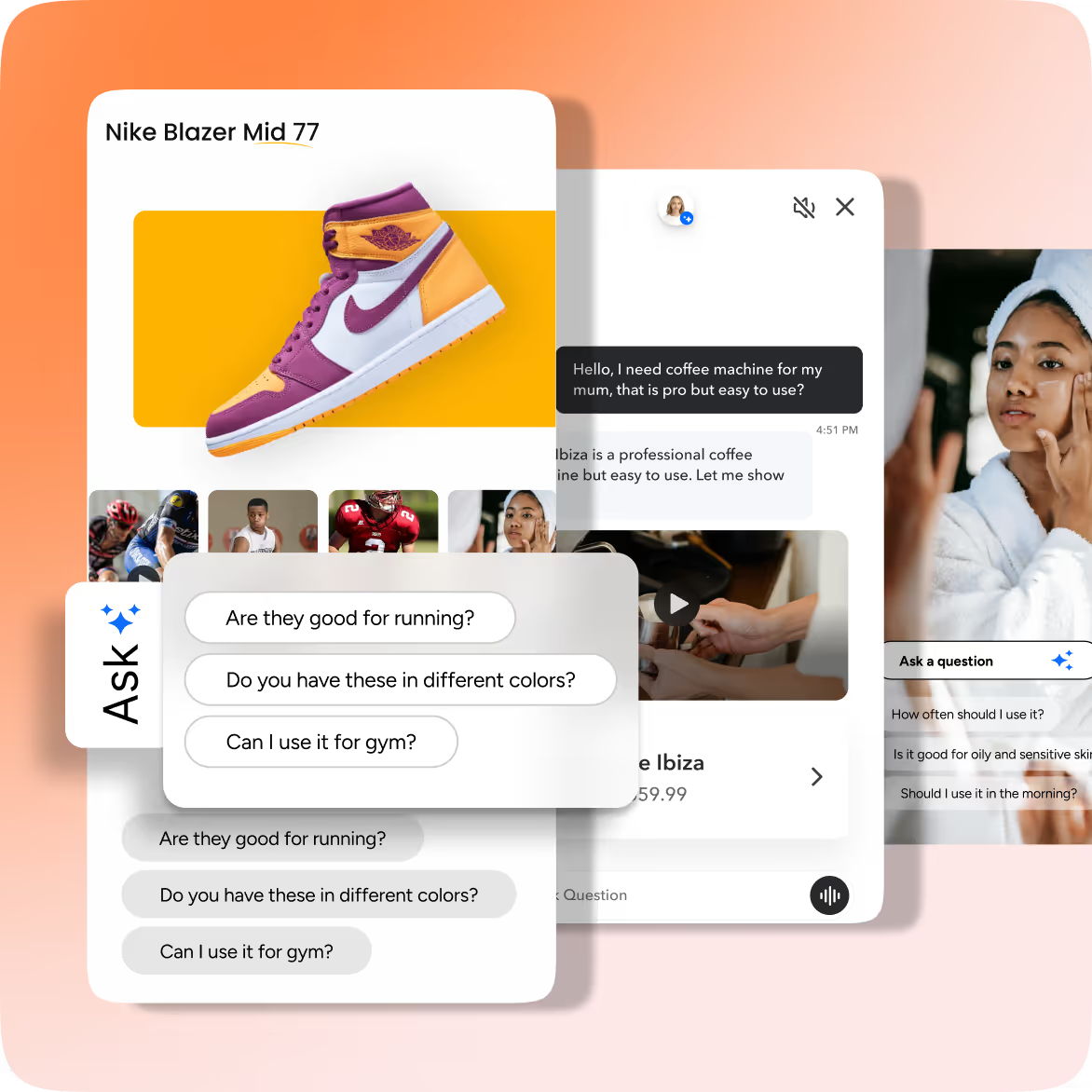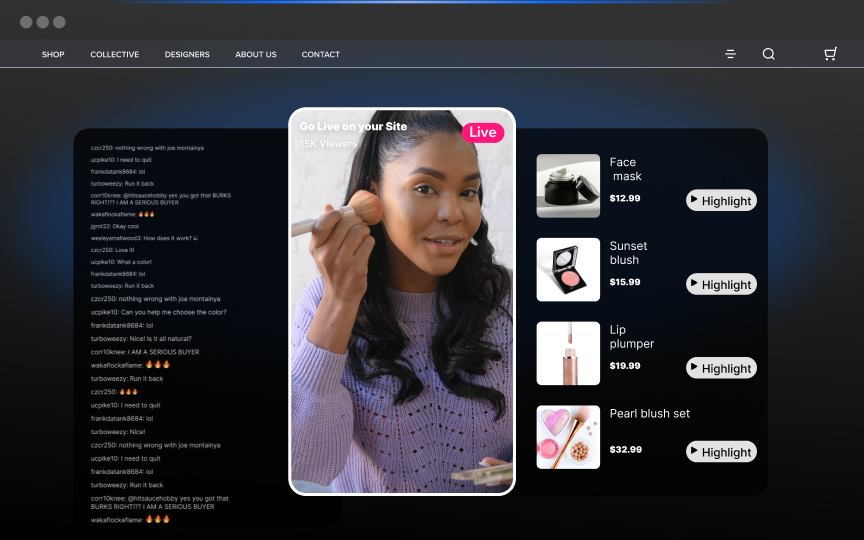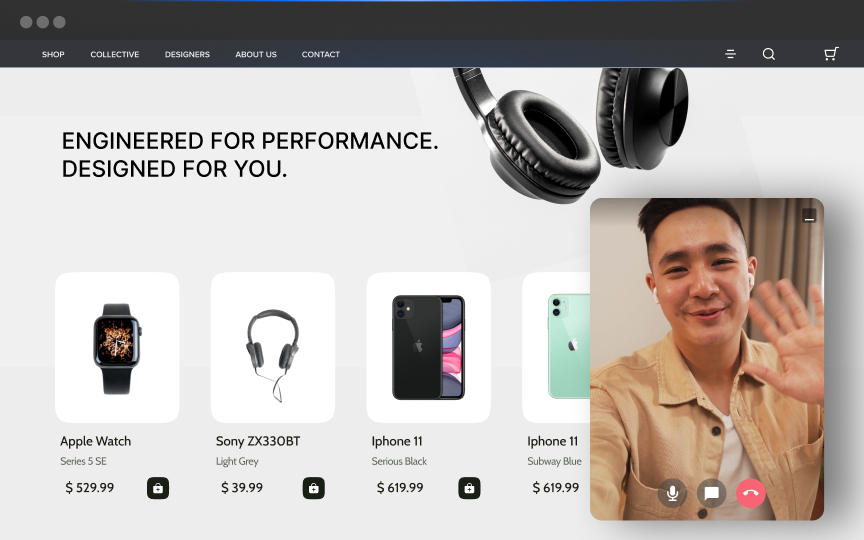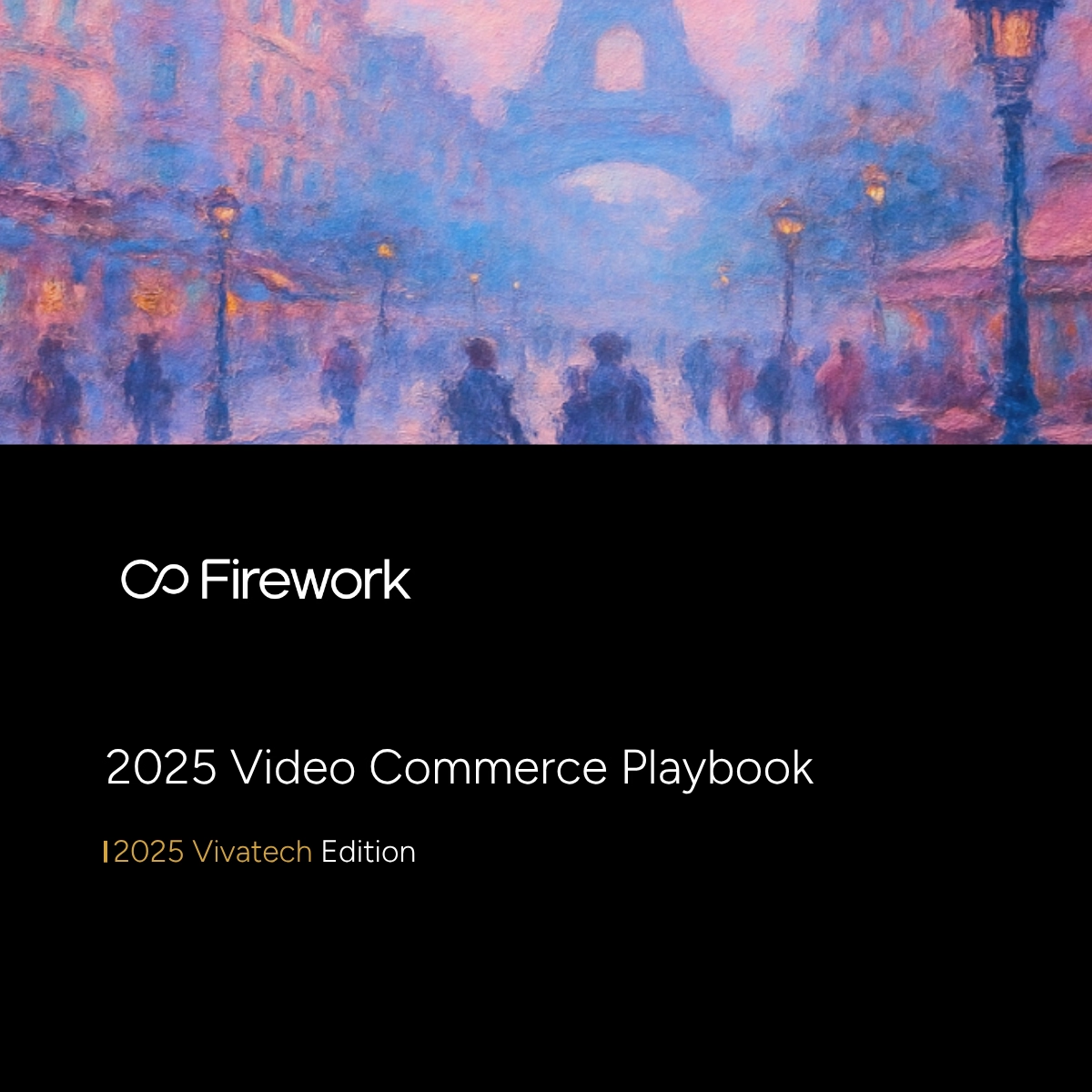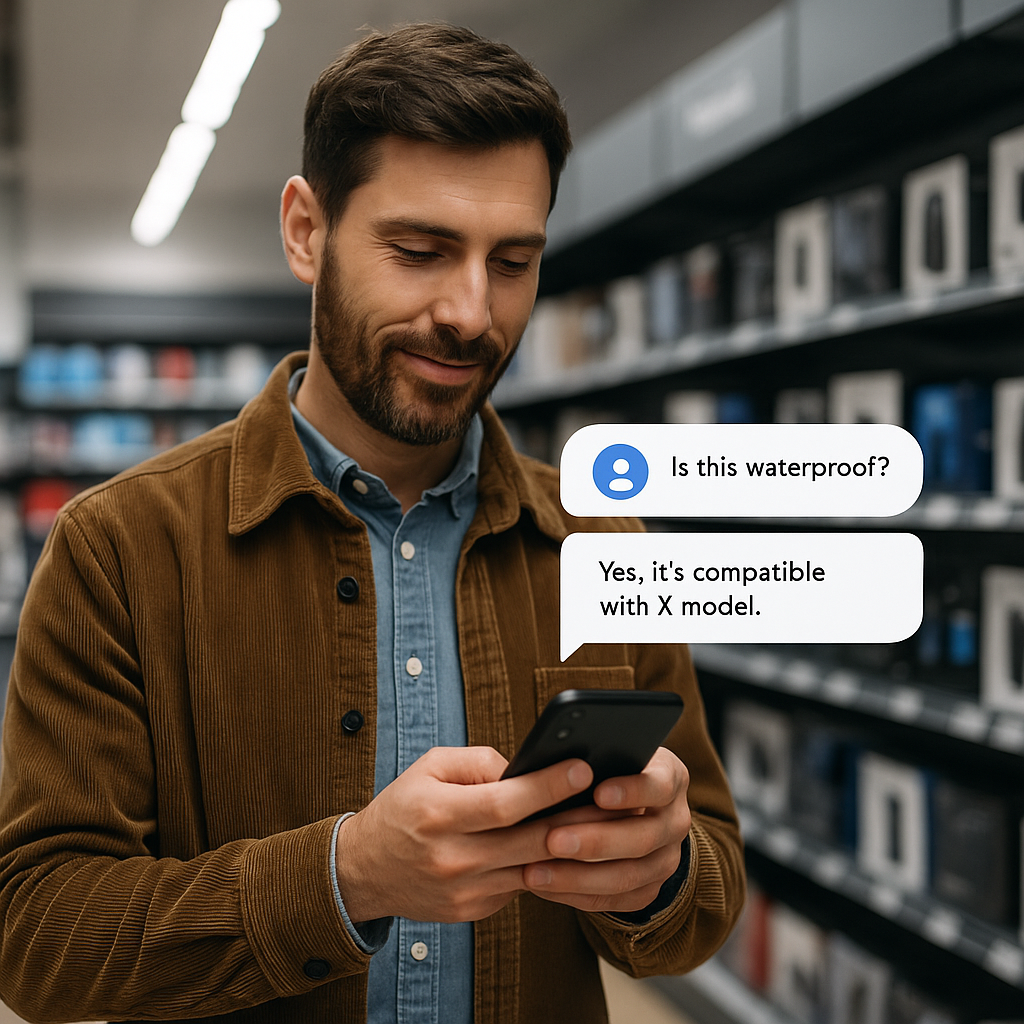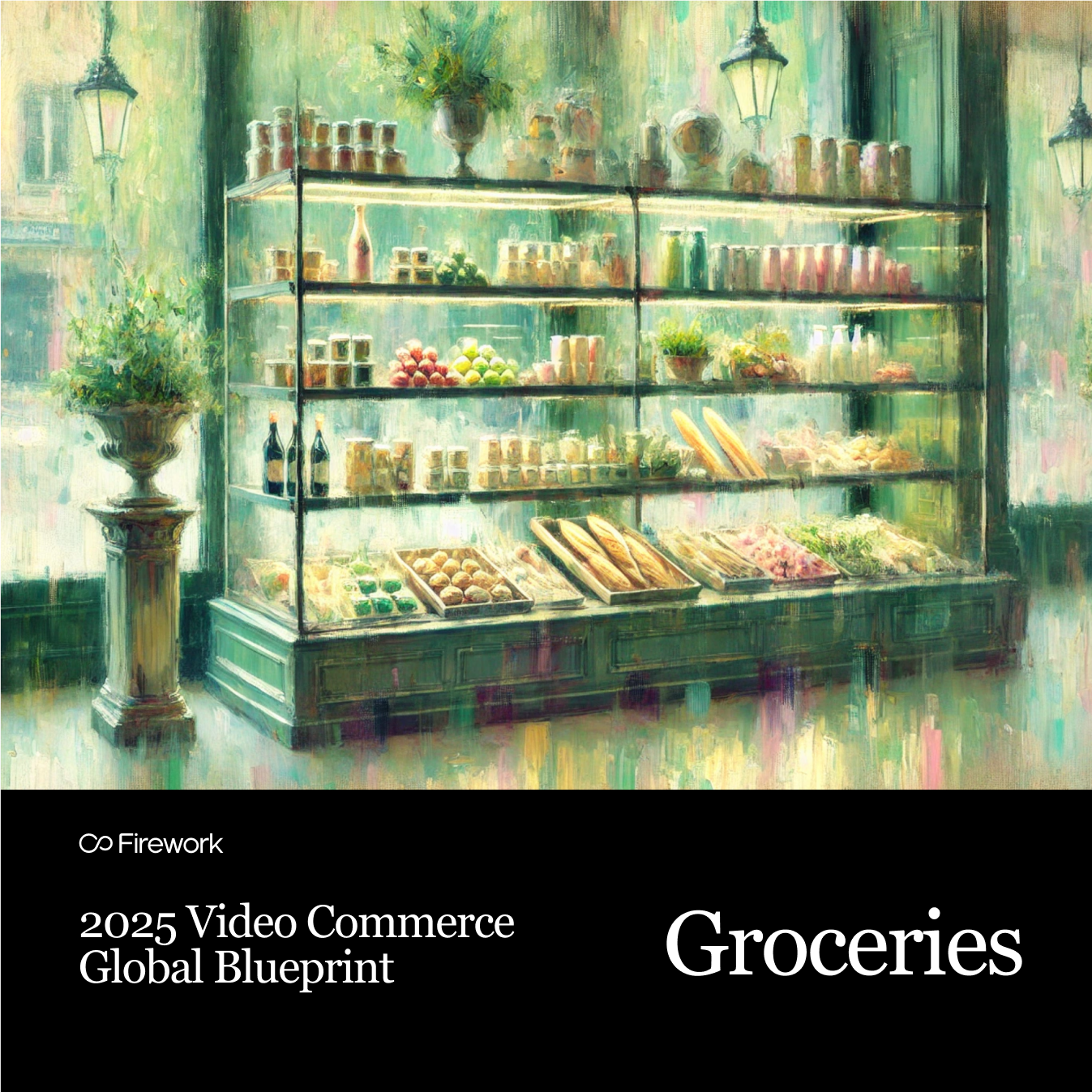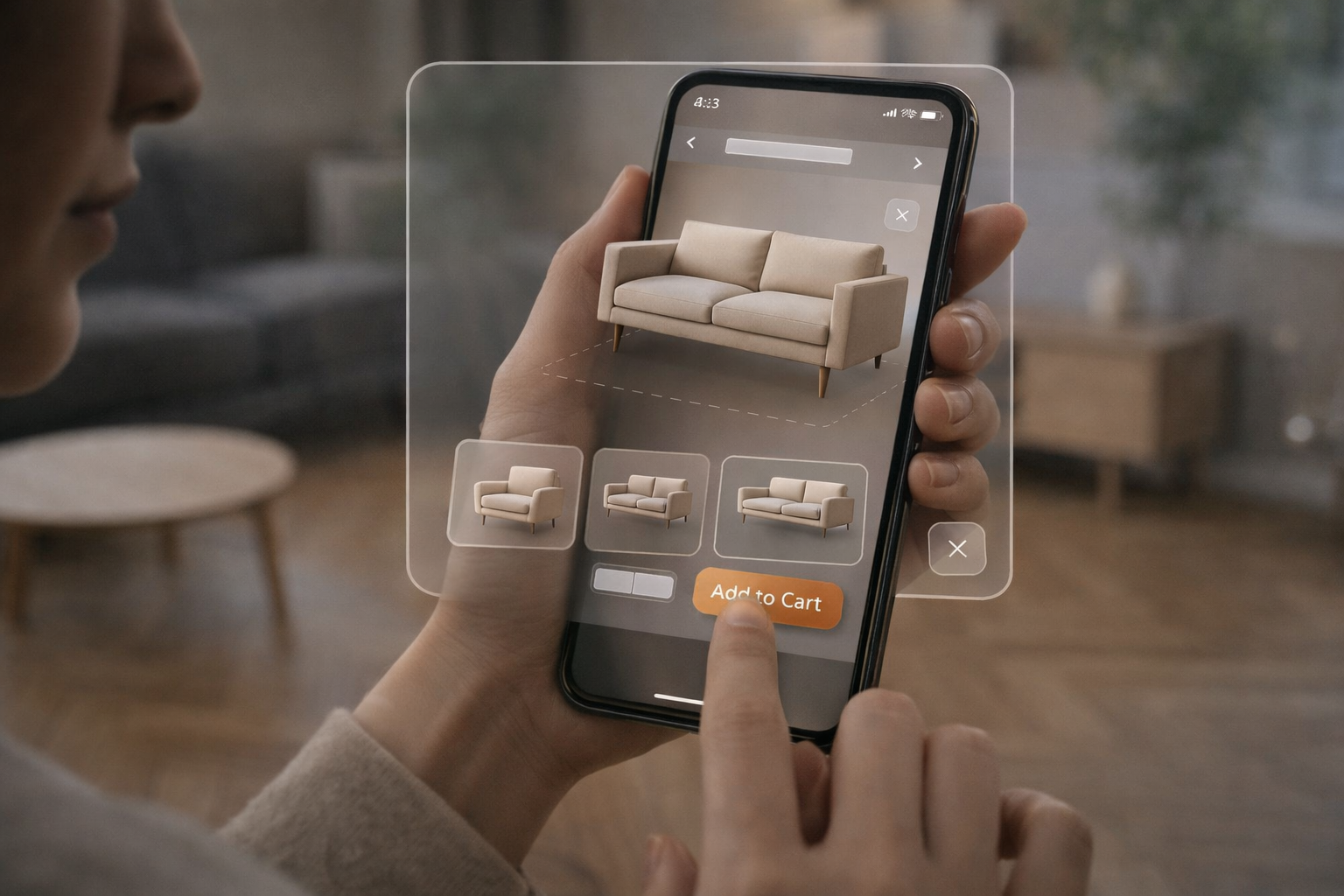In today’s omnichannel world, customers expect personalized experiences that feel connected, whether they’re browsing your website, using your mobile app, or shopping in-store. The challenge for retailers isn’t just showing up in all these channels, it’s making the experience feel seamless and tailored at every touchpoint.
According to CMSWire, the future of omnichannel personalization is about relevance, not just consistency. That means data from one channel should influence the experience in another, creating a single, fluid customer journey.
Here are some of the best strategies to make that happen:
1. Build a Unified Customer Profile
To personalize effectively, retailers need a single source of truth for each customer. Too often, data lives in silos across eCommerce, loyalty systems, and in-store POS, making it impossible to deliver a connected experience. By using a CDP or unified CRM, brands can merge browsing behavior, purchase history, and offline signals into one profile.
At Firework, this foundation powers personalized video commerce, ensuring a customer who watches a shoppable video on your website can later see related clips when they open your app or visit a PDP.
2. Orchestrate Journeys by Channel and Stage
Personalization works best when tuned to both the customer’s stage and the channel they’re on. For example:
- Homepage → sparks discovery with dynamic banners or video recommendations.
- Category pages → help narrow choices with Smart FAQs like “Which cordless drill is best for beginners?”
- Product detail pages (PDPs) → focus on conversion with short-form videos, reviews, and shoppable overlays.
The idea is to treat PDPs as mini-websites, with everything a shopper needs to feel confident in purchasing.
3. Deploy AI-Powered Recommendations and Dynamic Video
Machine learning can personalize content in real time, serving different products or stories based on browsing history, demographics, or intent. A returning beauty shopper might see tutorials for shades that match their complexion, while a home improvement customer could see DIY project walkthroughs aligned with their skill level.
Platforms like Firework make it easy to personalize shoppable videos and FAQ experiences across channels. As Kameleoon points out, adaptive personalization that shifts with customer behavior is becoming the gold standard.
4. Embed Conversational AI and Smart FAQs Everywhere
Unanswered questions are conversion killers. That’s where conversational AI and Smart FAQs become critical:
- On the homepage: helping with discovery (“What’s trending right now?”).
- On category pages: narrowing choices (“Which foundation is best for oily skin?”).
- On PDPs: sealing the deal by answering last-mile questions about warranties, compatibility, or shipping.
PwC research shows that 52% of consumers want more human-like interactions online, and conversational AI delivers exactly that. With Firework, these Smart FAQs aren’t static scripts, they’re powered by contextual AI that learns from real behavior to personalize responses.
5. Connect Offline and Online Personalization
In-store signals are gold for fueling digital personalization. When a loyalty member checks in at the register, that data can power tailored recommendations in their next app session. If someone lingers in the lighting aisle, retailers can surface related décor videos on the homepage later.
Research from Taylor & Francis Online shows that omnichannel personalization is most effective when offline and online signals feed into the same system.

6. Scale Storytelling With AI-Generated Content
Personalization used to mean manual segmentation and endless content production. Now, AI can generate story-driven videos, adapt product demos for different audiences, and even turn customer reviews into authentic testimonial clips.
This ensures shoppers see themselves in the story, without ballooning production costs. Retailers using AI-driven personalization at scale are seeing up to 40% more revenue impact compared to those relying on traditional segmentation, according to McKinsey.
7. Measure and Optimize With Cross-Channel Analytics
Finally, personalization is only as strong as your measurement. Brands should track not just web metrics, but how each channel influences another. Did a shoppable video in an email drive an in-store purchase? Did Smart FAQs reduce returns? Did app push notifications increase PDP engagement?
NICE emphasizes using granular engagement quality metrics — like watch rates, FAQ completion, and sentiment — to ensure personalization strategies are delivering real business impact.
Final Thoughts: Personalization That Sells
Shoppers don’t just want transactions anymore; they want personalized digital experiences that feel curated, supportive, and human. By combining AI-powered video commerce, Smart FAQs, and unified customer data, retailers can transform their websites, apps, and stores into one connected journey.
FAQs About Personalizing Customer Journeys
1. What does personalizing the customer journey mean?
It’s about tailoring content, recommendations, and experiences across web, app, and store channels based on customer data like browsing behavior, purchase history, and preferences.
2. Why are PDPs important for personalization?
Product detail pages are now mini-websites, giving shoppers everything they need — from videos and reviews to Smart FAQs — to make informed purchase decisions.
3. How does conversational AI improve personalization?
Conversational AI delivers real-time, human-like interactions across discovery, consideration, and conversion stages, ensuring shoppers get instant, contextual answers to their questions.
4. What’s the role of AI in scaling personalization?
AI enables dynamic personalization at scale by generating tailored videos, automating product recommendations, and adapting journeys in real time based on customer behavior.
5. Can offline store data improve online personalization?
Yes. When offline signals (like loyalty check-ins or in-store behavior) feed into digital systems, they create more relevant online journeys and boost overall engagement.
Unlock Exclusive Insights
By submitting this form, you agree to Firework's privacy policy and consent to receive personalized marketing communications. You can unsubscribe at any time.
